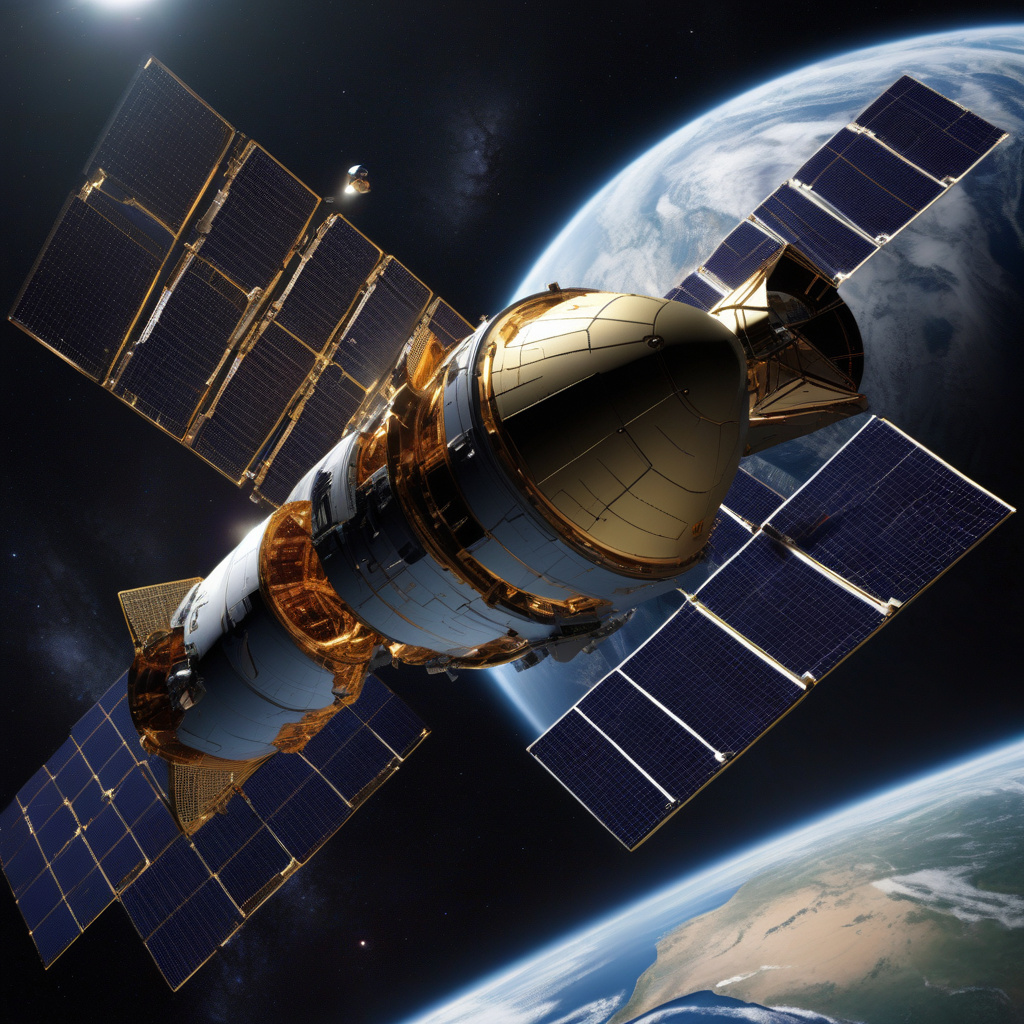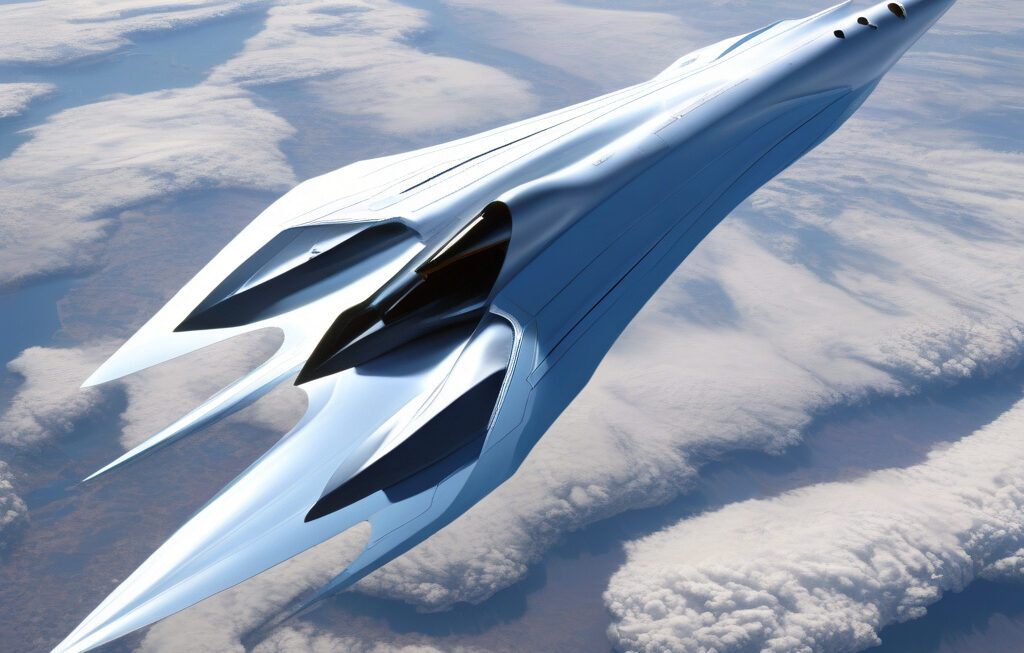China Tests Bullet-Like Spy Satellite to Build 300-Strong Surveillance Constellation
China has completed key early tests for an experimental satellite in very low Earth orbit, marking a significant advancement in its ambitious plans to develop a 300-strong surveillance constellation. The design of the satellite, which resembles a bullet, is aimed at enhancing China’s intelligence-gathering capabilities from space.
The innovative satellite is part of China’s broader strategy to bolster its national security and expand its influence in the realm of space technology. By deploying a large constellation of surveillance satellites, China aims to monitor various activities on the ground, gather valuable intelligence data, and enhance its overall situational awareness.
The bullet-like design of the satellite serves a dual purpose. Firstly, it allows for streamlined deployment into very low Earth orbit, where it can effectively observe targets with precision. Secondly, the compact and aerodynamic shape minimizes atmospheric drag, enabling the satellite to maintain a stable orbit for an extended period.
One of the key features of the satellite is its advanced imaging capabilities. Equipped with high-resolution cameras and sensors, the satellite can capture detailed images of specific locations on the Earth’s surface. This level of imaging precision is crucial for conducting surveillance activities, monitoring changes in real-time, and detecting potential security threats.
The development of a 300-strong surveillance constellation signifies China’s commitment to leveraging cutting-edge technology for strategic advantage. By establishing a network of interconnected satellites, China can achieve continuous coverage of vast areas, track moving targets, and respond promptly to emerging security challenges.
In addition to its military applications, the surveillance constellation has implications for various sectors, including agriculture, environmental monitoring, disaster response, and urban planning. The high-quality imagery and data collected by the satellites can support decision-making processes, facilitate resource management, and drive innovation across industries.
Furthermore, China’s progress in satellite technology highlights the country’s growing expertise in space exploration and innovation. By pushing the boundaries of what is technologically feasible, China is positioning itself as a key player in the global space race and signaling its intention to shape the future of space-based activities.
As China continues to test and refine its bullet-like spy satellite and expand its surveillance constellation, the international community will be closely monitoring these developments. The strategic implications of China’s enhanced surveillance capabilities are likely to reverberate across geopolitical landscapes, prompting other countries to reassess their own space strategies and technological advancements.
In conclusion, China’s recent tests of the bullet-like spy satellite represent a significant milestone in the country’s quest to build a 300-strong surveillance constellation. With its innovative design, advanced imaging capabilities, and strategic objectives, the satellite underscores China’s commitment to harnessing space technology for national security and broader societal benefits.
China, Satellite, Surveillance, Innovation, NationalSecurity











